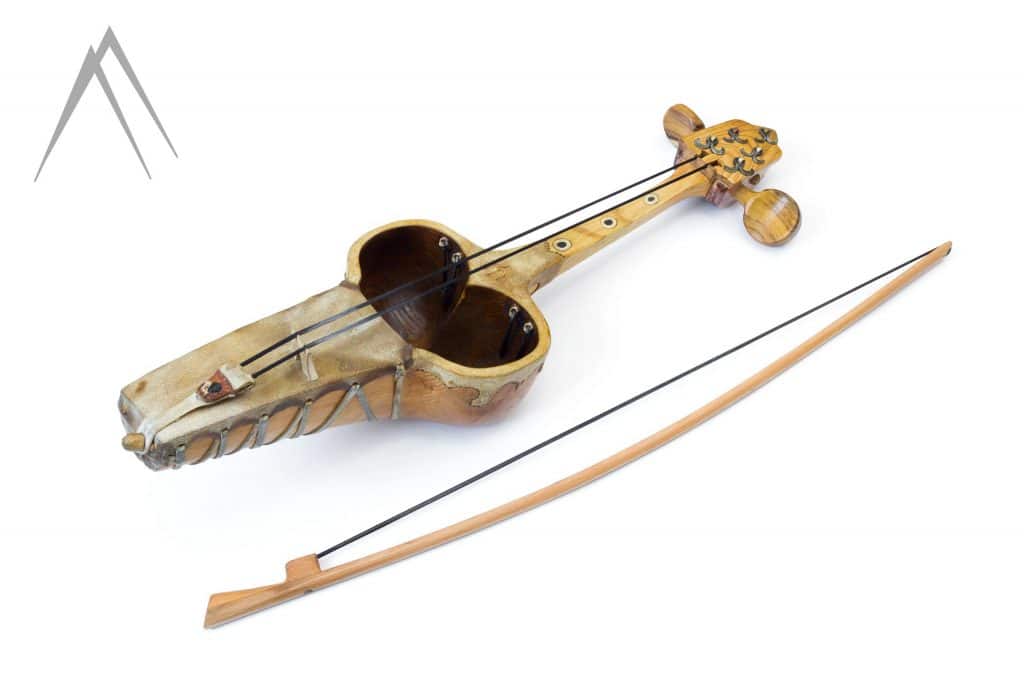Kazakh Musical Instruments
Kazakh Instruments
Dombra
Dombra is the most well-known national musical instrument of Kazakhs and a cultural symbol of the country with a long tradition. Dombra is a two-stringed plucked instrument that has a pear-shaped body with a long neck. Kazakhstan even has a Dombra day which is celebrated on the first Sunday of July. (In the picture below, last two instruments on the right).
Sherter
Sherter is an ancient Kazakh string-plucked folk instrument. Sherter has a short fretboard with no frets. It is made of wood, giving it a curved shape and covered with leather and two strings of horsehair. The sounds of Sherter is similar to dombra, but have a stronger tone. The instrument was used as an accompaniment to tales, legends and songs. (In the picture, second from the left).
Zhetygen
Zhetygen is a Kazakh folk plucked instrument with seven strings and a rectangular shape, made of wood. Zhetygen looks like a harp with horsehair strings. Zhetygen’s surface is covered with a thin plate. In ancient times were used seven asyks (sheep’s heel bone) thanks to which the sound was extracted from the instrument. Over time, Zhetygen was reconstructed following the modern requirements. The formerly seven-stringed musical instrument today has a range of 2.5 octaves. Now the instrument is widely used in Kazakh orchestral ensembles.
There is a legend among the locals, about the seven strings of the instruments. It tells that the father lost his seven sons and he poured out his grief, singing memorial songs. Starting kyuis and remembering each one, he pulled one string. (In the picture Zhetygen is haging in the centre).
Kobyz
Kobyz is a bowed instrument with two strings, made of wood in the form of an open bowl extended downwards. The kobyz is covered with leather from below. The strings are made from horsehair. Today Kobyz is used by musicians in ensembles and orchestras of Kazakh folk instruments.
There few legends about Kobyz. It states that this instrument was created by the great storyteller of the steppes Korkyt-Ata, who lived in the 10th century and the tool is charged with magical and even mystical properties as well as it sounds like animal voices. Additionally, Kazakhstani believes that the spirits of their ancestors spoke to them through this music.

